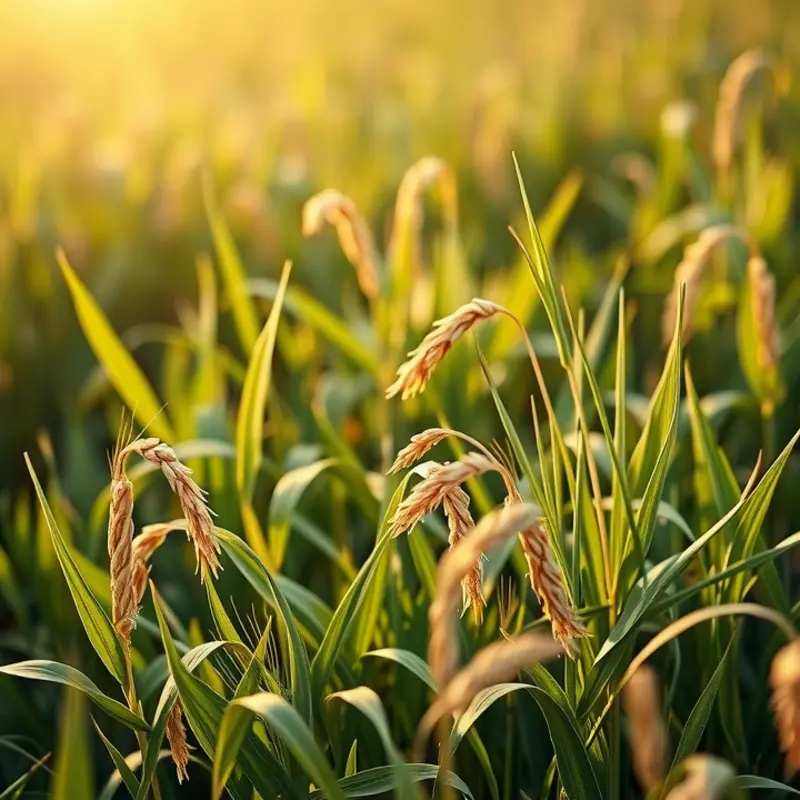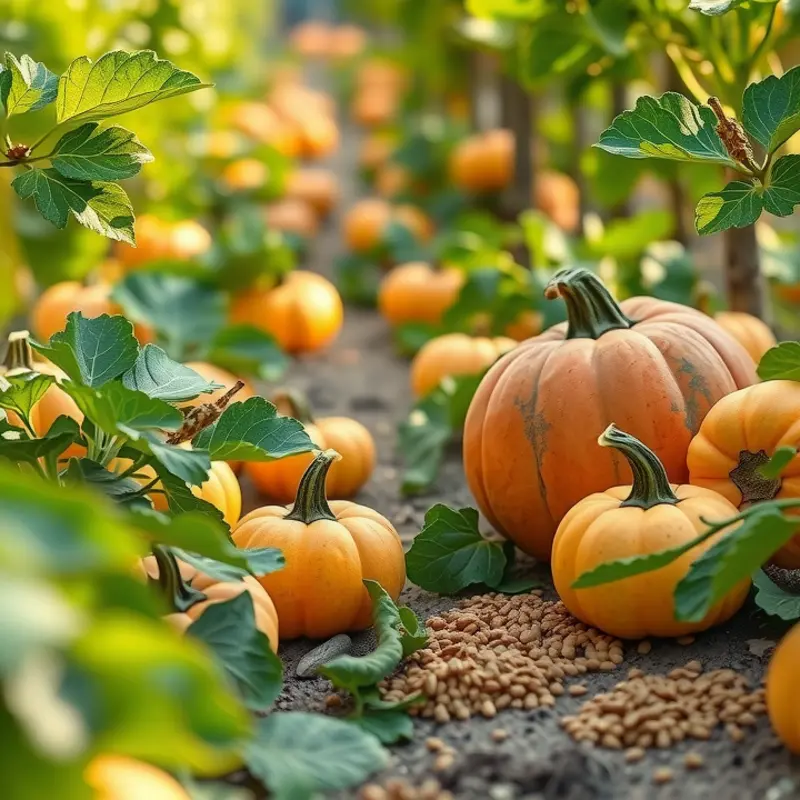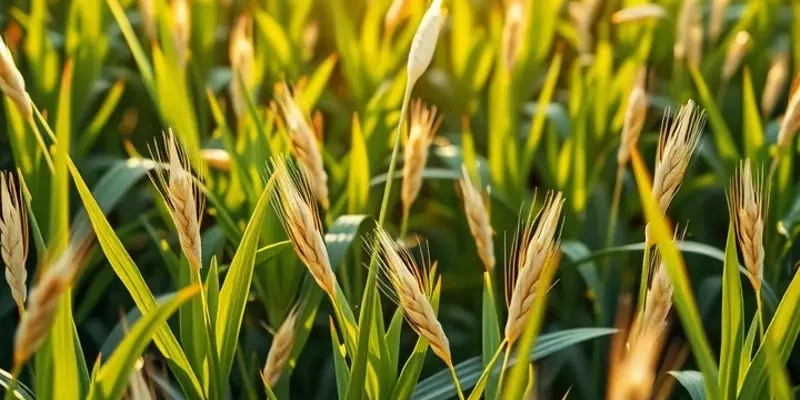Navigating dietary restrictions can be challenging, especially when it comes to finding suitable protein binders. Whether you’re looking to minimize soy in your recipes or simply explore new avenues, there are plenty of effective and tasty non-soy options available. This guide presents practical substitutes tailored for home cooks and health-conscious individuals eager to enhance their culinary repertoire with versatile protein binders.
Exploring Non-Soy Options: Flour and Grain-Based Binders

In the culinary world, the role of binders extends beyond simple adhesion; they contribute to texture, flavor, and overall appeal. Flour and grain-based binders offer a versatile range to explore. A standout in this category is oat flour. Made from ground oats, it provides a mild, slightly nutty flavor. Oat flour is rich in beta-glucans, known for their ability to support heart health. This flour works wonders in vegetarian burgers, adding moisture and a hearty texture. It can blend seamlessly into both savory and sweet recipes, making it an ideal choice for pancakes or muffins when aiming for a plant-based menu.
Chickpea flour, made from ground chickpeas, is another powerhouse. This gluten-free option is notable for its high protein content—it packs more protein than many other flours. Its distinctive, slightly earthy taste pairs well with spices, enhancing the flavor profile of dishes like falafel or veggie patties. Its binding capability is exceptional; when mixed with water, it forms a consistency akin to beaten eggs, making it an excellent choice for egg-free cooking.
Quinoa flour stands out for its nutritional profile. Quinoa is a complete protein, containing all nine essential amino acids, making its flour especially valuable in vegetarian and vegan recipes. Its slightly nutty taste adds depth to dishes. When used in combination with other flours, quinoa flour increases the protein content of baked goods like bread or cookies. It provides a firm structure, essential for maintaining the shape of patties or meatballs.
Combining these flours creatively yields a spectrum of textures and flavors. For instance, blending oat and chickpea flour in a 1:1 ratio offers the moisture of oats with the robust binding of chickpeas. Consider adding herbs or spices to the mix, adapting those flavors to the cultural nuances of your dish.
For those exploring ways to maximize the potential of these flours, consider strategies for minimal preparation (Minimal Prep Dinner Ideas). Planning meals around these versatile ingredients allows for stress-free, healthy cooking.
Incorporating non-soy flour and grain options offers endless possibilities for experimenting with both traditional and innovative recipes. These flours not only substitute effectively but also contribute meaningfully to nutritional intake. Whether preparing a classic veggie burger or trying a new recipe, these binders are valuable allies in the kitchen.
Vegetable and Legume-Based Binders: The Power of Nature

Harnessing the binding powers of vegetables and legumes opens up an array of culinary possibilities that are both healthy and satisfying. Not only do these components help in creating cohesive dishes, but they also contribute flavors and nutrients essential for a balanced diet.
Mashed potatoes serve as an excellent binder due to their smooth texture and mild taste. When mashed, potatoes release starches that act as natural adhesives. This makes them perfect for dishes like patties and dumplings, where they provide both structure and creaminess. The subtle flavor of potatoes allows the other ingredients to shine, making them a versatile choice for various recipes.
Pumpkin puree is another powerhouse when it comes to binding ingredients together. Its creamy consistency and sweet, earthy flavor work beautifully in both savory and sweet dishes. Acting similarly to eggs or dairy in terms of texture, pumpkin puree effectively holds ingredients while adding depth of flavor. Use it in muffins, breads, or even veggie burgers to bring a pleasant autumnal note to your meals.
Lentils, cooked and mashed, are a robust choice for binding with a nutritional bonus. These legumes are packed with protein and fiber, lending a hearty texture to recipes. The earthy and slightly nutty flavor of lentils complements spices well, making them ideal for those venturing into global cuisine. Experiment with them in meatless loaves or savory cakes and benefit from their healthful properties.
Chickpeas and white beans can also be transformed into effective binders. Pureed chickpeas, better known as the base for hummus, bring a creamy texture and a slightly nutty flavor that mixes well in both patties and batters. White beans, so mild in taste, seamlessly integrate into sauces and dips, binding without overpowering other flavors. Additionally, both options provide a good source of plant-based protein, aligning with a healthier lifestyle.
Exploring these natural binders, one can enjoy the flavorful experience of cooking without relying on more processed or less healthful options. Further, incorporating them encourages a more sustainable approach to cooking. For those interested in diversifying their plant-based meals, see our insights on easy plant-based eating to complement these binder ideas.
Understanding how to use these vegetable and legume-based binders effectively will elevate your cooking game. These ingredients not only enhance the taste and texture of dishes but also promote a well-rounded and nutritious diet. Delve into the unique qualities of each, and you’ll find your culinary creativity expanding into new and exciting territories.
Final words
Embracing non-soy protein binders opens a world of culinary possibilities. With simple substitutes like flour, grains, vegetables, and legumes, you can easily adapt your favorite recipes for healthier eating without sacrificing flavor or texture. Experiment with these options and enjoy the satisfaction of crafting dishes that cater to your dietary needs while delighting your taste buds. Each choice not only enhances your cooking repertoire but also contributes to a balanced diet.







